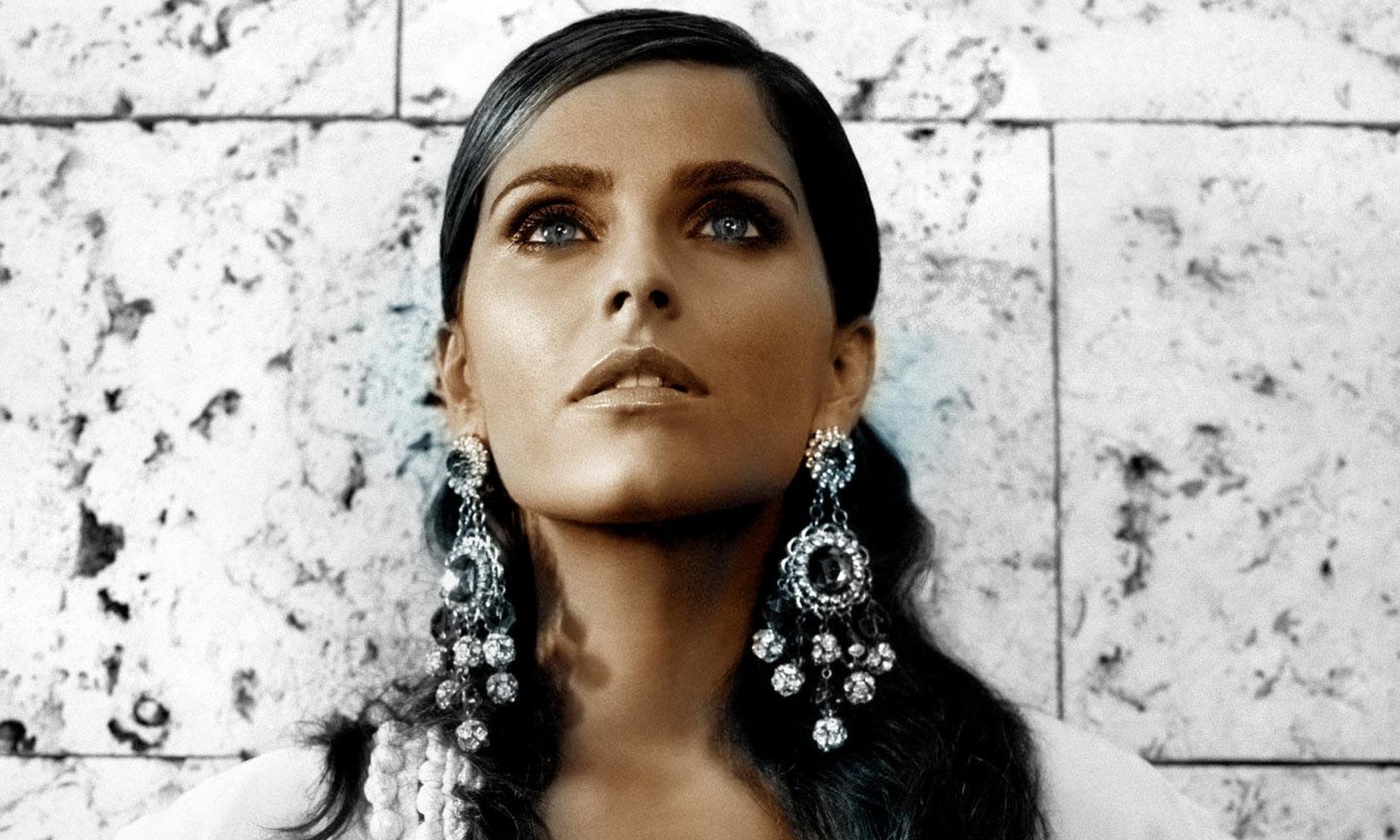Movie Treatment: “The Prophets of Fatima”
Written by: Nelly Furtado and Joe Jukic
Genre: Historical Drama / Mystery / Thriller
Logline: In 1917, three shepherd children in Fatima, Portugal, experience divine visions that foretell the future, but their revelations are met with skepticism, persecution, and betrayal. As they struggle against the forces of the occult and the Illuminati, the children face a tragic fate, with the shadows of the Spanish Flu and political intrigue looming over their every move. Their story, filled with divine prophecy, dark conspiracies, and ultimate sacrifice, unfolds through the lens of Psalm 17—”A Prayer Against Persecutors.”
ACT 1:
The film opens in the quiet village of Fatima, Portugal, where three young shepherd children—Lucia dos Santos, Jacinta Marto, and Francisco Marto—experience a series of mystical visions of the Virgin Mary. The children, naive and innocent, begin to speak of these apparitions to their families and the local clergy. However, their revelations are met with skepticism and disbelief. The Catholic Church, wary of the implications of such powerful visions, is slow to embrace the children’s message, while local authorities begin to grow increasingly suspicious of their claims.
The year is 1917, and Europe is embroiled in the chaos of World War I. The Spanish Flu is sweeping across the globe, claiming millions of lives, and political upheaval is brewing. The Balfour Declaration is signed, signaling the beginning of the Zionist movement’s influence in the Middle East. Meanwhile, the Rothschilds and other elite figures begin to assert their power over global affairs, and the Illuminati’s influence grows in the shadows.
The children’s visions continue, with the Virgin Mary urging them to spread a message of peace and repentance. She warns of future wars and the rise of a “great persecution” against the faithful. The children are told that they will suffer for their message, and Jacinta and Francisco, in particular, are marked by a divine purpose that will lead to their ultimate sacrifice.
ACT 2:
The children’s message begins to attract attention, both positive and negative. As their fame grows, so does the scrutiny from both religious authorities and political figures. The Illuminati, seeing the potential for the children’s revelations to disrupt their plans for global control, begin to take action. They see the children as a threat to their vision of a world dominated by wealth, power, and secrecy.
Jacinta and Francisco are taken to Rockefeller-run occult hospitals, under the guise of receiving medical care for the Spanish Flu. In reality, they are subjected to cruel, experimental treatments designed to weaken their resolve and silence their message. Their suffering is exacerbated by the harsh conditions of the hospitals, where they are treated like mere pawns in a larger game. The children’s health deteriorates, and their visions become more intense, as they experience the full weight of their divine mission.
Meanwhile, Lucia, the eldest of the three, is left to bear the burden of their message. She faces intense pressure from both the Church and the government to recant her claims, but she remains steadfast in her belief. The tension between Lucia and the authorities grows, as they attempt to manipulate her into silence.
The film explores the tension between faith and politics, as the children’s divine revelations threaten the established order. The Illuminati, working behind the scenes, orchestrate a plan to eliminate Francisco, whom they believe is destined to become either a messiah or a pope. His death, they believe, will prevent the fulfillment of the prophecy and ensure their control over the future.
ACT 3:
The climax of the film occurs as Jacinta and Francisco’s health rapidly declines, and they are eventually claimed by the very disease that ravaged the world. The children’s deaths are portrayed as tragic yet inevitable, the result of a combination of iatrogenic factors—their mistreatment in the occult hospitals and the deadly Spanish Flu. Their passing is a moment of profound sorrow, but also of triumph, as their message of peace and repentance lives on through Lucia.
Lucia, now an adult, continues to spread the message of Fatima, but she is constantly pursued by those who wish to silence her. The Illuminati’s grip on the world grows stronger, but Lucia remains defiant, knowing that the truth will eventually prevail. The film ends with a haunting final scene, in which Lucia looks up at the sky, knowing that the prophecy of Fatima is still unfolding.
The closing shot lingers on the three children, now canonized as saints, their legacy immortalized in the hearts of the faithful. The message of Fatima—of peace, repentance, and the struggle against persecution—echoes through the ages, a testament to the power of divine truth in a world dominated by darkness and deceit.
Themes:
- Persecution and Sacrifice: The children’s story is one of unwavering faith in the face of persecution. Their willingness to suffer for their beliefs is contrasted with the greed and manipulation of the political and religious elites who seek to control them.
- Divine Prophecy vs. Human Power: The film explores the tension between the divine revelations given to the children and the political and financial forces that seek to suppress them. The Illuminati, representing the forces of greed and control, work to eliminate the children’s message, but the divine truth endures.
- The Spanish Flu and Iatrogenic Deaths: The film highlights the devastating impact of the Spanish Flu and the mistreatment of the children in the Rockefeller-run occult hospitals. Their deaths are portrayed as a tragic result of human greed and indifference to suffering.
- Psalm 17 – Prayer Against Persecutors: The film draws heavily on Psalm 17, which speaks of divine protection against persecutors. The children’s journey is framed as a metaphor for this prayer, as they struggle against those who seek to silence them. The message of the psalm—that God will deliver the righteous from their enemies—is echoed throughout the story.
- The Number 13 and the Illuminati: The children’s connection to the number 13, which is often associated with the Illuminati, serves as a symbol of their divine mission and the forces working against them. The film suggests that the children were marked by destiny to challenge the Illuminati’s grip on the world.
Final Notes:
Nelly Furtado and Joe Jukic’s treatment for “The Prophets of Fatima” blends historical drama with mystery and thriller elements, creating a powerful narrative about the clash between divine revelation and human power. The film’s themes of persecution, sacrifice, and the struggle for truth resonate with contemporary issues of control, corruption, and the fight for spiritual freedom. Through the lens of the three children’s story, the film explores the timeless battle between good and evil, and the enduring power of faith in the face of overwhelming adversity.

